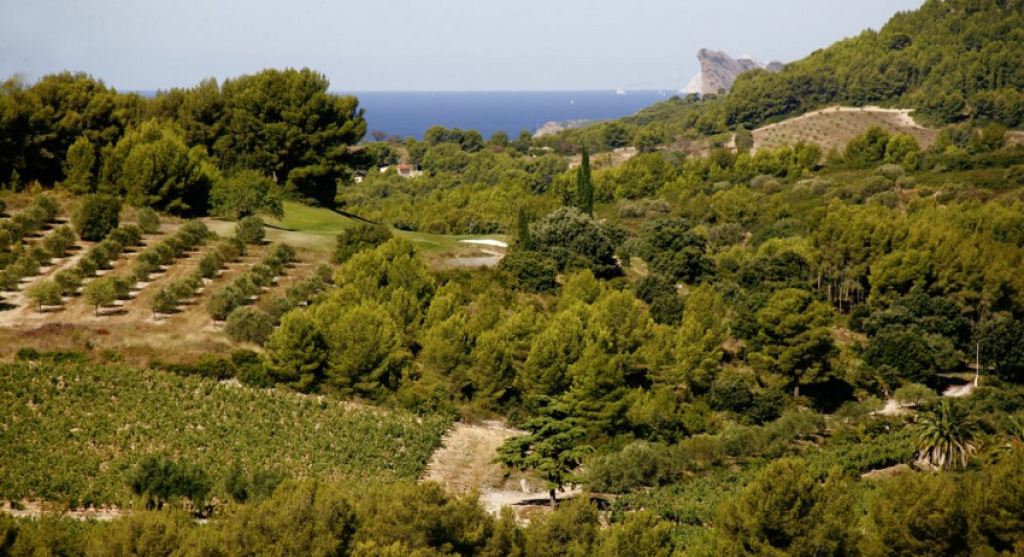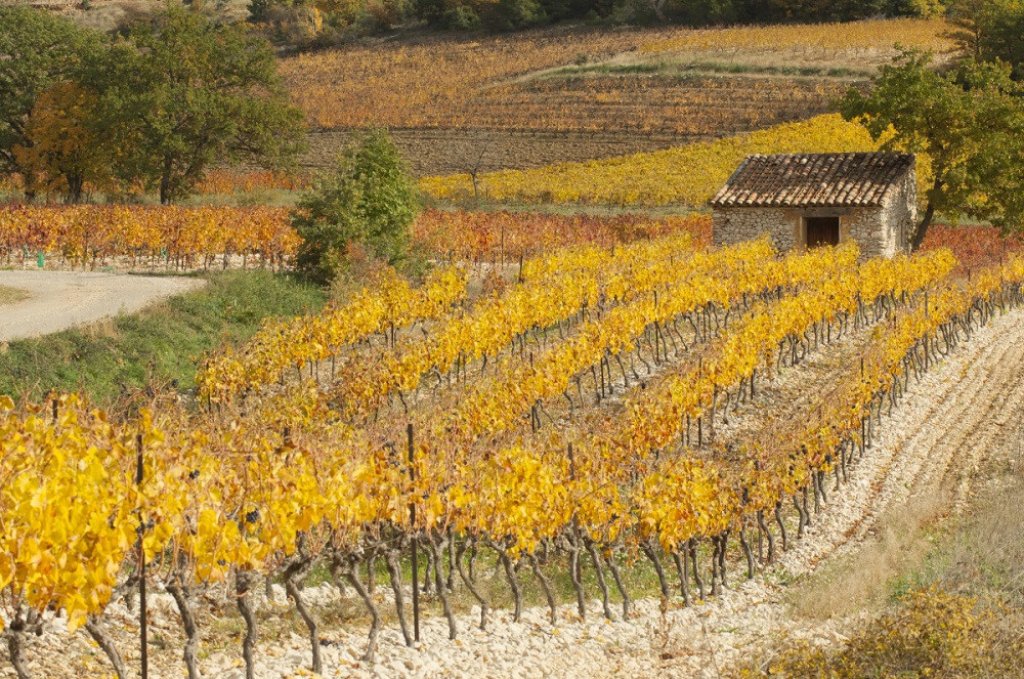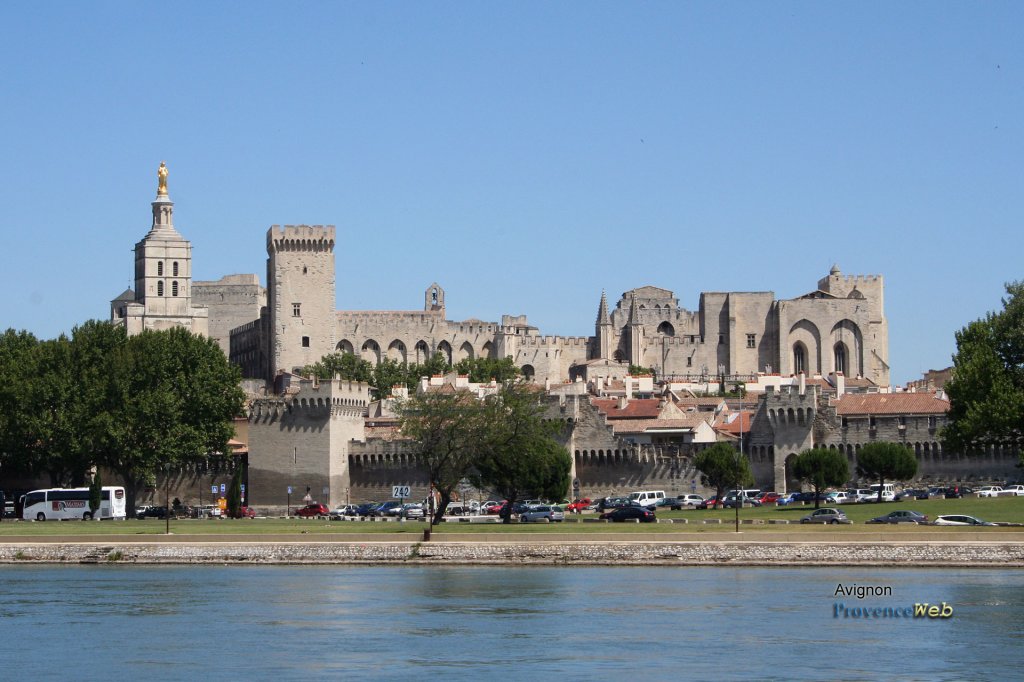Few places in the world evoke the spirit of art de vivre quite like Provence. Bathed in sunlight and lavender scent, this corner of southern France has long been a muse for painters, poets, and travelers seeking beauty in simplicity. Yet beyond its olive groves and hilltop villages lies another expression of Provençal life—the wines that capture its rhythm, landscape, and soul.

Wine touring in Provence is less about ticking off famous estates and more about slowing down—to linger at a table shaded by plane trees, to listen to the mistral whistle through vines, to taste the light itself in a glass of pale rosé. It’s an experience that engages every sense and rewards those who travel not just to see, but to feel.
The landscape that shapes the wine
Stretching from the Rhône Valley to the Mediterranean Sea, Provence’s vineyards are among the oldest in France. The Greeks planted vines here more than 2,500 years ago, and the Romans expanded them, recognizing how the region’s limestone soils, ample sunshine, and sea breezes created an ideal terroir.

Today, Provence is best known for its rosé—delicate, aromatic, and effortlessly elegant—but the region’s diversity extends far beyond the pink hue in your glass. In the limestone foothills of the Sainte-Victoire and the clay-rich soils of Bandol, robust reds and characterful whites thrive alongside the signature rosés. Each sub-region tells its own story:
Côtes de Provence: The largest appellation, producing graceful rosés that balance citrus freshness with wild herb notes—think thyme, fennel, and lavender carried on a summer breeze.
Bandol: Revered for structured Mourvèdre-based reds that pair beautifully with lamb or Provençal stews, Bandol also crafts textured rosés capable of aging.
Coteaux d’Aix-en-Provence: A haven for Grenache, Syrah, and Cinsault, producing wines with lively acidity and a hint of minerality.
Les Baux-de-Provence: Known for organic and biodynamic farming practices, this area mirrors the rugged beauty of the Alpilles Mountains.
The diversity of terroirs means no two tastings are ever alike. A drive of just an hour can take you from the maritime vineyards of Cassis to the high-altitude slopes near Ventoux, each offering a new expression of Provence’s landscape and light.
A journey beyond the glass
To explore Provence through its wines is to experience the region’s essence—its colors, sounds, and flavors intertwined. A typical day might begin in the quiet of a vineyard at dawn, mist curling through the vines, before wandering into a local market where baskets overflow with figs, olives, and freshly baked fougasse. By afternoon, you might find yourself tasting in a 12th-century monastery or walking through rows of Grenache under the hum of cicadas.
This is where traveling with Into the Vineyard brings the region to life. Their itineraries go far beyond the usual tastings, creating moments of genuine connection—private lunches at family estates, blending workshops with local vintners, or guided walks through vineyards that trace the very origins of French winemaking. Each journey is personalized, balancing immersion with ease, so that travelers can truly savor the experience rather than rush through it.
Many guests describe these tours as “effortless luxury”—not because of opulence, but because every detail feels intuitively cared for. Drivers arrive just as you finish breakfast. Picnics appear under olive trees with chilled rosé waiting. Guides share stories that turn landscapes into living history. The planning fades into the background, leaving space for presence.
Meeting the makers: stories from the vineyards
Wine in Provence is deeply personal. Many of its best producers are small, family-run domaines where winemaking is both heritage and art form. Meeting them is one of the true joys of touring the region.
At estates in Bandol, third-generation vignerons might recount how their grandfathers replanted after phylloxera. In Cassis, winemakers describe the challenge of coaxing freshness from grapes grown beside the sea. And in the rolling hills near Aix, you may meet young organic producers blending ancient methods with modern creativity.
These encounters reveal something essential about Provençal culture: the deep connection between people and place. The same light that inspired Cézanne now reflects off rows of Syrah; the same mistral that carved the limestone cliffs also cools the vines. The result is wine that tastes unmistakably of its origin—vibrant, sun-kissed, and alive.
Where to taste and stay
While there are hundreds of vineyards worth visiting, a few stand out for their combination of craftsmanship, setting, and hospitality:
Château Sainte-Roseline (Les Arcs-sur-Argens): A historic cru classé estate producing refined rosés and reds, with an art-filled chapel designed by Jean Cocteau.
Domaine Tempier (Bandol): A legend in Provençal wine, revered for age-worthy Mourvèdre and its role in shaping the identity of Bandol.
Château Léoube (Bormes-les-Mimosas): An organic seaside estate where vines stretch toward turquoise waters—a perfect expression of the Côte d’Azur lifestyle.
Domaine de Trévallon (Alpilles): A cult producer blending Syrah and Cabernet Sauvignon in defiance of appellation rules, resulting in deeply expressive wines.
Domaine de Terrebrune (Bandol): Family-run and breathtakingly beautiful, with terraced vineyards descending toward the sea.
As for accommodations, Provence’s charm lies in variety. Travelers might stay in a converted stone mas surrounded by vines, a boutique hotel in Saint-Rémy-de-Provence, or a five-star retreat with infinity pools overlooking lavender fields. For those traveling with Into the Vineyard, every stay is chosen for its sense of place—properties where hospitality feels personal and time moves at a gentler pace.
The art of Slow Travel
What sets wine touring in Provence apart is its alignment with the philosophy of slow travel. This is not a place for hurry. It invites you to linger—to let a morning stretch into afternoon over a leisurely lunch, to wander medieval streets without agenda, to taste not just wine but life itself.
Many travelers find that a few days here recalibrate their sense of time. There’s a ritual to each day: the rustle of vines at sunrise, the buzz of bees in the lavender, the clink of glasses at sunset. It’s an immersion into rhythm and balance, a reminder that true luxury often lies in stillness.
For couples or friends traveling together, this kind of journey becomes more than a vacation—it becomes a shared memory. As one recent traveler wrote after returning from a custom trip through southern France: “Every guide, every tasting, every view felt chosen just for us. We never once had to think about what came next—everything simply unfolded perfectly.”
Beyond the vineyards
While wine may be the heart of a Provençal journey, it’s far from the whole story. Between tastings, travelers can explore the region’s countless other treasures:
Avignon: Home to the Palais des Papes and the famous Pont d’Avignon, this medieval city pulses with history and summer festivals.

Aix-en-Provence: Elegant and intellectual, with bustling markets, art galleries, and fountains at every turn.
Saint-Rémy-de-Provence: The town that inspired Van Gogh, surrounded by olive groves and ancient Roman ruins.
Cassis: A seaside gem where white-cliffed calanques plunge into turquoise waters, perfect for pairing a crisp local white with grilled seafood.
Les Alpilles: A rugged, timeless landscape ideal for cycling or hiking between charming villages and hidden vineyards.

These experiences weave seamlessly into a well-designed wine itinerary, offering contrast and depth—culture to complement the cuisine, nature to balance indulgence.
When to visit
Each season in Provence reveals a different mood.
Spring brings wildflowers, fresh herbs, and ideal weather for walking through vineyards.
Summer is alive with lavender blooms and bustling festivals, though best enjoyed in the early morning or late afternoon when the heat softens.
Autumn offers the magic of harvest, when vineyards glow gold and red, and winemakers open their cellars to celebrate the vintage.
Winter is quiet and contemplative—a time for truffle markets, cozy firesides, and private tastings without the crowds.
No matter the month, Provence’s wines express their landscape with elegance and restraint, offering pleasure in every season.
Crafting the perfect wine journey
For travelers seeking to experience Provence with both depth and ease, a curated itinerary can make all the difference. Companies like Into the Vineyard specialize in crafting private journeys through the region’s most captivating estates, with expert local guides and seamless logistics that remove every layer of stress from planning.
Their approach feels more like being welcomed by friends than following a tour. You’re introduced to winemakers as guests, not visitors. You dine in places known by locals, not guidebooks. And as each day unfolds, Provence feels less like a destination and more like a living story—one written in sunshine, sea breeze, and the lingering taste of rosé.
Final thoughts
To tour the vineyards of Provence is to experience a region where nature, culture, and craftsmanship intertwine in perfect harmony. Whether you’re sipping wine beneath olive trees, exploring the cobbled lanes of a medieval village, or watching the sunset over the Luberon hills, you’ll find that Provence invites not just admiration—but belonging.
It’s a place to reconnect with what matters: good wine, good food, good company, and the simple beauty of being present. For those ready to experience it, a Provence wine tour with Into the Vineyard offers the perfect balance of authenticity, expertise, and effortless enjoyment.
In Provence, every glass tells a story. Come, and let the next one be yours.

